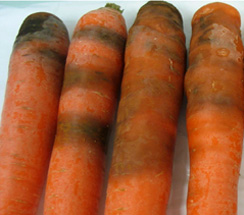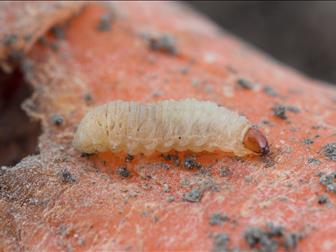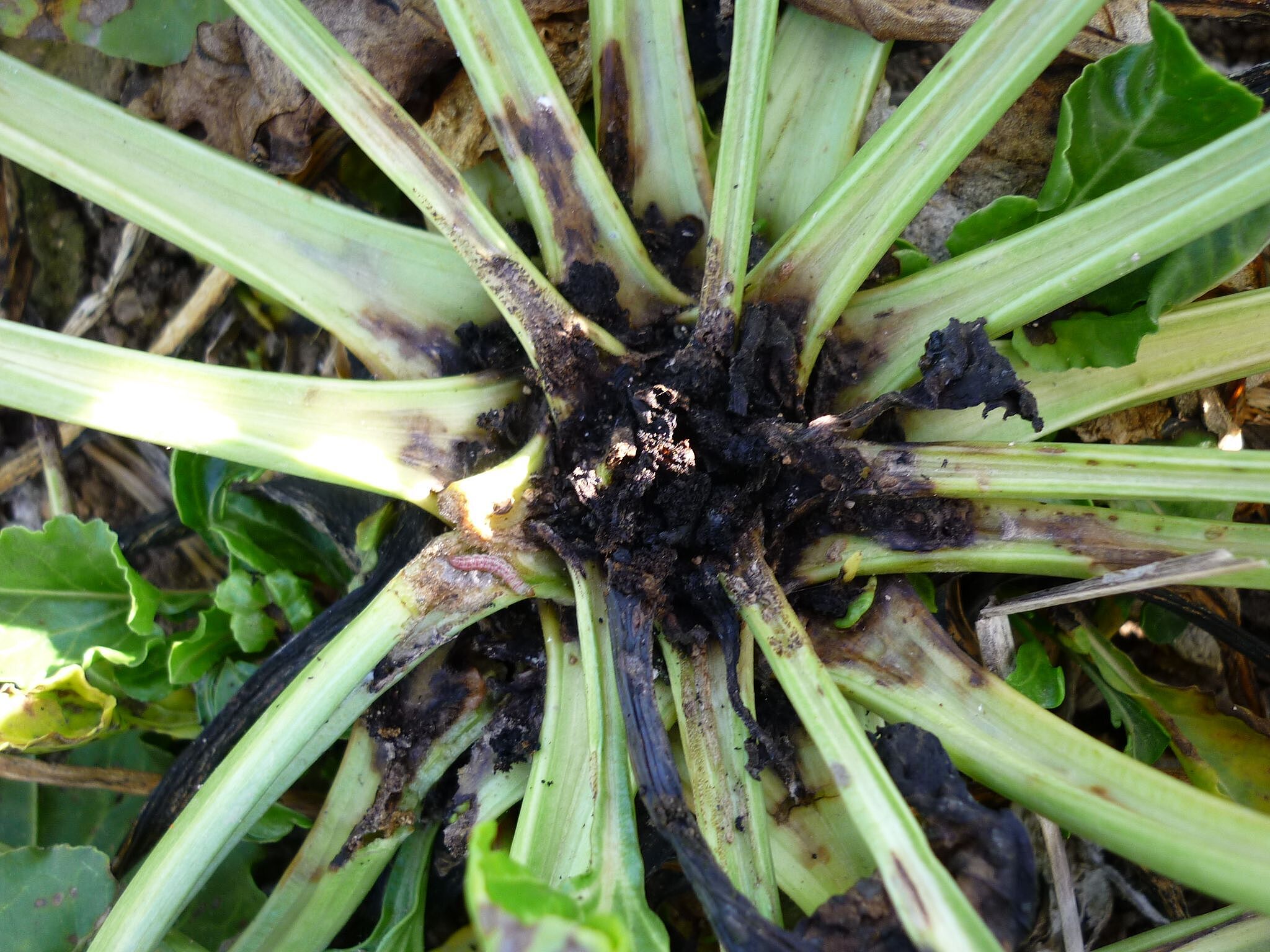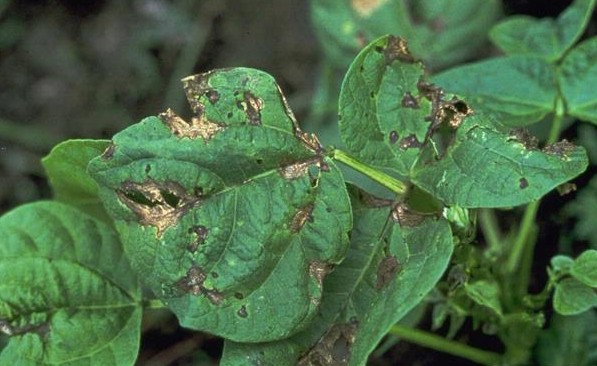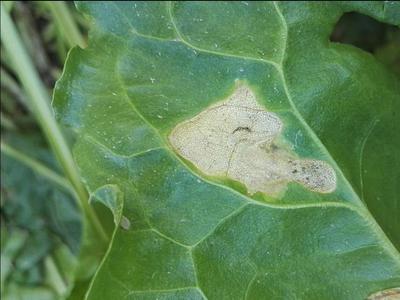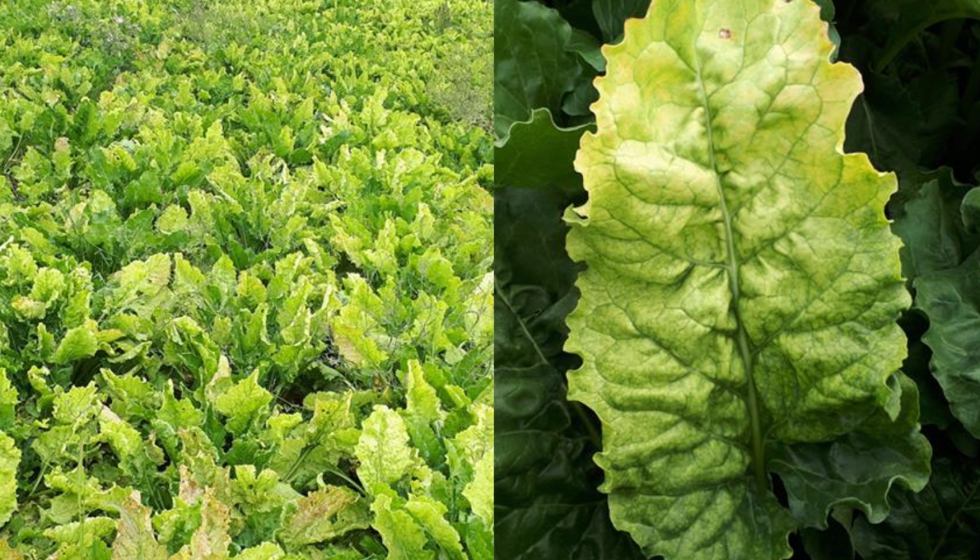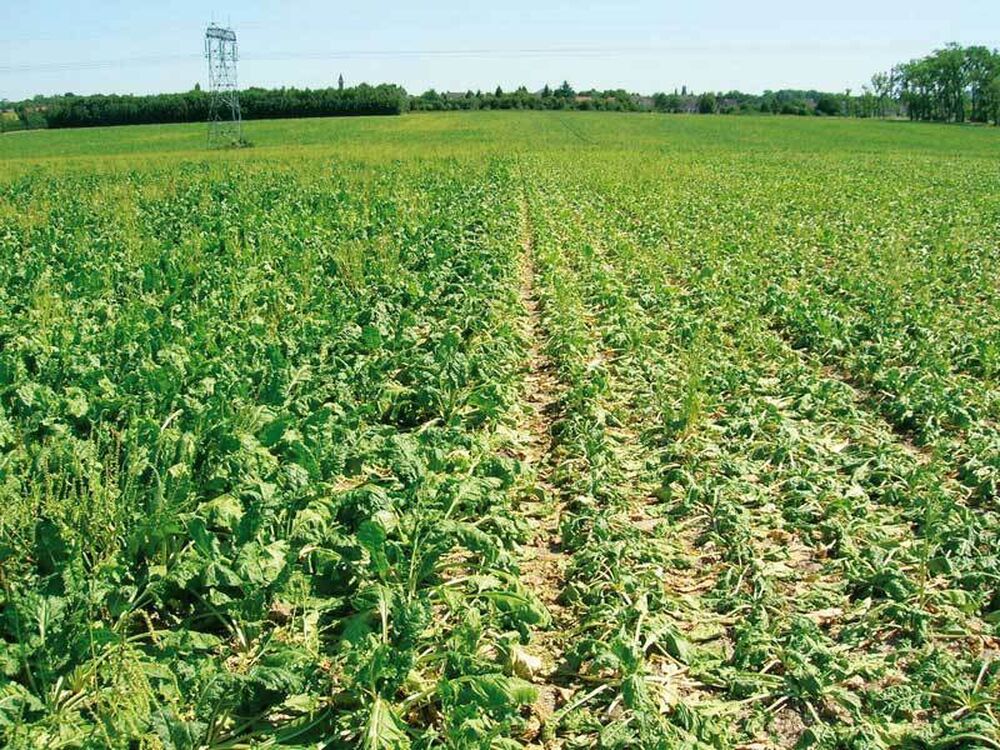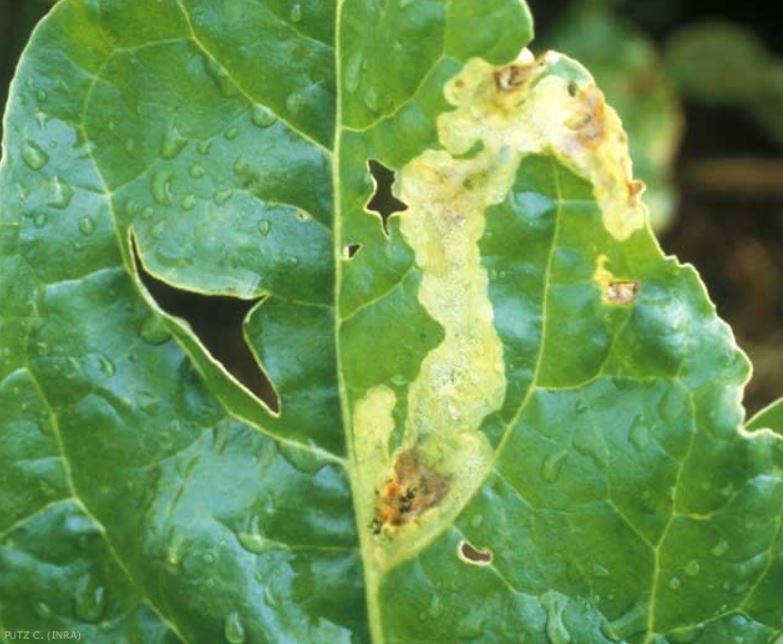
Zanahoria
How to recognize and combat wireworms in carrots
Wireworm
Insect
Type:
Risk to the plant:
HIGH
Agriotes Sp.
Pathogen:
Orugas o gusanos

WHO CAUSES IT?
The pathogen Agriotes sp., known as wireworm, belongs to the Elateridae family. Adults are elongated, dark brown beetles that lay their eggs in the soil near the roots of plants. The larvae, which develop from these eggs, are thin and hard-bodied, similar to a wire, which gives them their common name. These larvae can live in the soil for several years, going through multiple larval stages. During this time, they feed on the roots of various plants, including important crops such as carrots. When they reach the last larval stage, they pupate in the soil and, after a period of pupation, emerge as adults completing their life cycle.
SYMPTOMS
The wireworm disease of carrots is very damaging, as the larvae feed on the roots, causing extensive damage that can lead to the total loss of the plant. The symptoms are varied and mainly affect the carrot root system, compromising the absorption of water and nutrients, resulting in poor growth and weakened plants. In severe cases, carrots may develop deformations and holes that make them unsuitable for consumption.
- Poor growth
- Weakened plants
- Deformations in carrots
- Holes in the roots
- Death of young plants


DEVELOPMENT CONDITIONS
Temperature:
15°C - 25°C
Humidity:
70% - 90%
HOW IS IT SPREAD?
Soil dispersal, Movement of infested plants, Wind, Human activities, Animals, Contaminated plant material
HOW TO ELIMINATE IT?
Home treatments
Natural allies
Chemical treatments
RECOMMENDED PRODUCTS TO ELIMINATE THE PEST
REPELLENT PLANTS
Wormwood (Artemisia), Basil, Tansy, Rosemary
RECOMMENDATIONS
- Check your plants frequently, especially the underside of the leaves.
- Remove the caterpillars by hand if they are few and put them away from your crops.
- Use nets or mesh to prevent butterflies from laying eggs.
- Plant flowers that attract allied insects such as ladybugs or small wasps that feed on caterpillars.
- Place traps with pheromones to capture the adults.
- Apply natural products such as Bacillus thuringiensis (Bt), which is safe for people and animals.
- If you use insecticides, always follow the instructions on the container and do not apply them during hours of strong sun.




